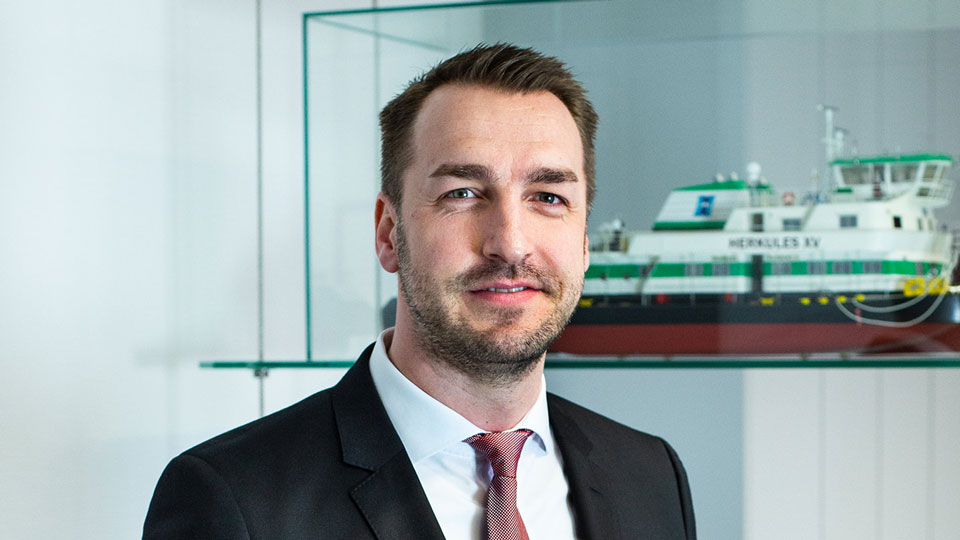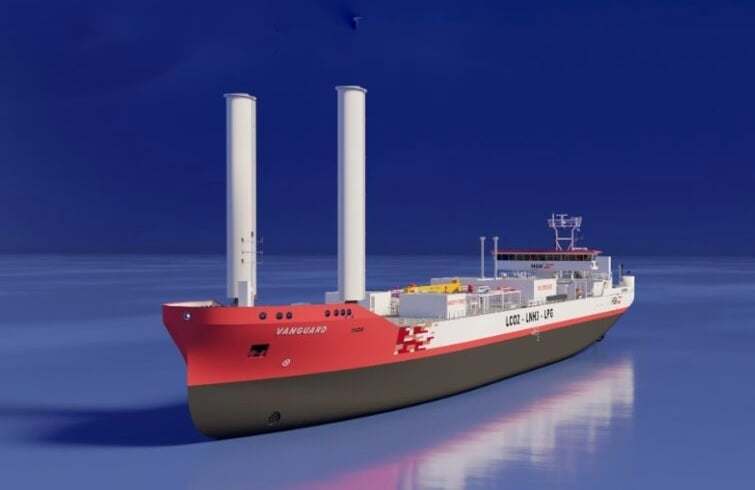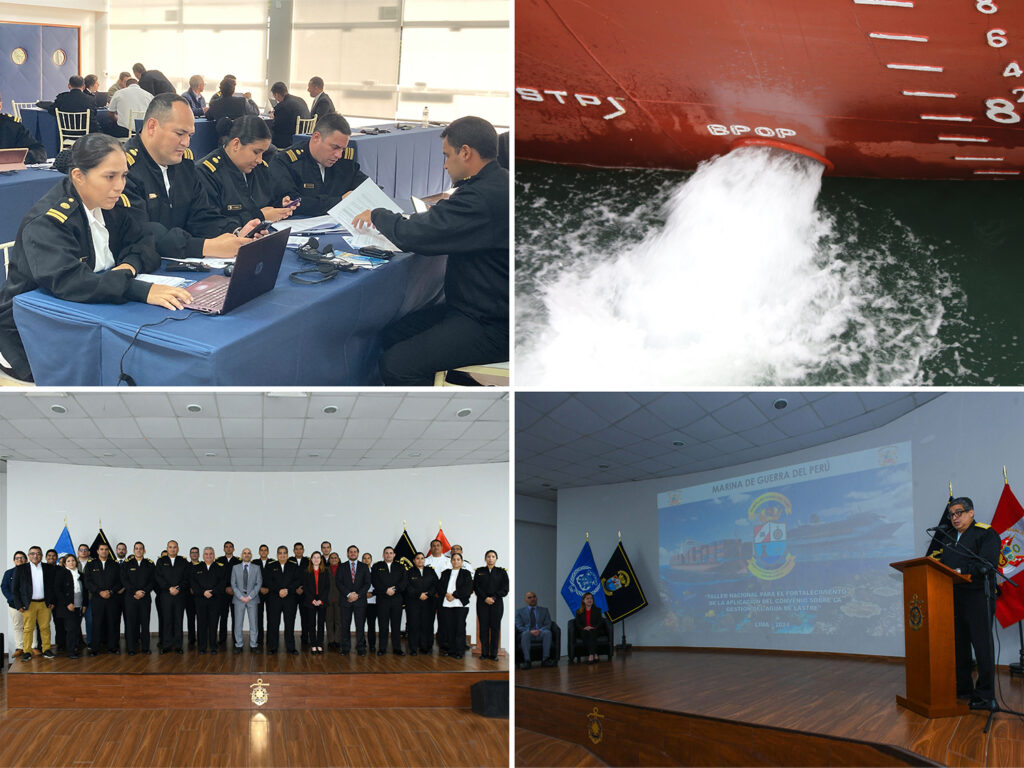HGK Shipping, part of Germany’s integrated logistics group HGK, has developed a design for a river/sea-going gas tanker to better comply with new transport requirements in the energy transition era.
Project Vanguard
Under the project name ‘Vanguard, the inland shipping company has designed Europe’s first river/sea-going gas tanker for the transport of cold liquefied ammonia (NH3) and liquefied CO2 (LCO2).
As explained, the Vanguard, which features a length of 125 meters and a width of 17.5 meters, will not only be used on rivers but can also operate in coastal waters and beyond.
Propulsion system (WAPS)
Since there is no need for transshipment between different modes of transport, this solution creates added value, according to the company.
This applies both to the transport of hydrogen, that could be delivered from for example Spain and Portugal, and to the transport of the captured CO2 to the planned offshore fields, which are often in the North Sea.
In order to make transport as sustainable and resource-efficient as possible, a wind-assisted propulsion system (WAPS) — a type of sail, supports the diesel-electric future fuel-ready propulsion system.
Innovative ship concept

Steffen Bauer, CEO of HGK Shipping, placed the innovative ship concept in his plans for the company’s development:
“The increasing decarbonization of production processes is changing the flow of goods. This creates opportunities for our industry and for HGK Shipping to offer the economy new, soon available transport solutions.”
Safe transport
“The ‘Vanguard’ offers industry from Scandinavia to the Iberian Peninsula additional capacity for the safe and more climate-friendly transport of liquefied ammonia and carbon dioxide, with the seaports as gateways to the European waterway network,” Bauer added.
Upper Rhine
The Rhine in particular, which is navigable for the “Vanguard” up to the Upper Rhine, offers the industry, which is heavily concentrated on this river, an efficient alternative to missing pipeline structures or those that will only be realized in the distant future, according to the HGK Shipping’s CEO.
“European Green Deal”
In order to support the “European Green Deal” with its planned conversion of production processes, including the use of “green” ammonia, from a logistical point of view, HGK Shipping is committed to setting new standards in ship design in inland shipping.
Seamless transition

“The newly designed river-sea gas tanker and the conception of further “Vanguard” successors, that are planned according to customer requirements, make optimal use of the technological possibilities for the seamless transition between coastal waters and the hinterland waterway system,” emphasized Wolfgang Nowak, Managing Director of the HGK Shipping subsidiary Amadeus.
“Pioneer” project
“Avoiding a stop in the seaports reduces handling risks on the one hand and offers our customers potential savings in terms of time and costs on the other.”
Supporting industry in the removal of carbon dioxide residues, the “Pioneer” project, announced in April 2024, and now the “Vanguard” project complement each other in their planning for use on the various waterways, enabling large transport volumes.
The underlying ship concepts support industry in the removal of carbon dioxide residues, which are separated and collected in liquid form as LCO2 in the various production processes. With the help of the carbon capture and storage (CCS) and carbon capture and utilization (CCU) processes, CO2 emissions can be avoided or reused in chemical processes.
Cracking of NH3

The second important area of application for these newly developed gas tankers is the delivery of the hydrogen derivative ammonia for its further processing, the so-called cracking of NH3, to supply the markets with sustainable, green energy.
In related news, the company recently named its new dry goods vessel Helios with future fuel-ready capability featuring a solar module structure onboard.




